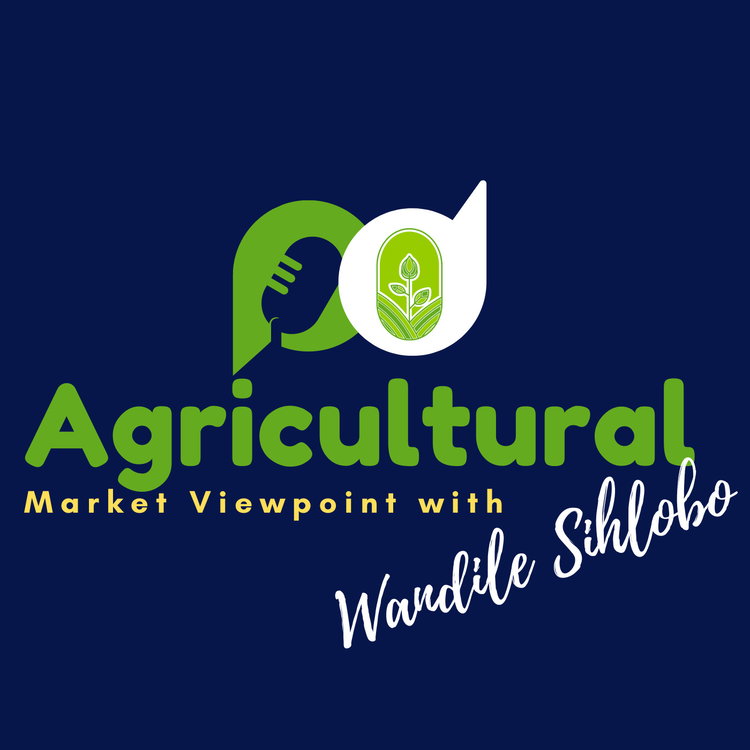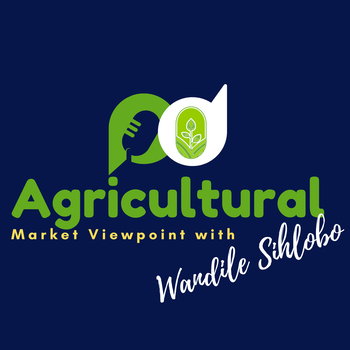
Prospects for solid summer crop harvest in SA in 2023/24 season
Loading player...
Although El Niño is on our doorstep, we have generally held an optimistic view about South Africa's 2023/24 summer grains and oilseed production season. The excellent soil moisture from the past rainy seasons and prospects of rainfall throughout 2023 have convinced us that there may still be decent summer grain and oilseed plantings.
The South African Weather Service expects the El Niño induced dryness or below-normal rainfall to mainly be a reality from the start of 2024 and the current year to bring favourable showers still. Furthermore, farmers in our various engagements across the country have generally signalled that they would still plant the typical summer grain and oilseed area.
The data released by the Crop Estimates Committee (CEC) this afternoon reaffirmed our positive view. The CEC indicates that South African farmers intend to plant a total area of 4,47 million hectares of summer grain and oilseed in the 2023/24 season, up 2% y/y.
A deep dive into the numbers shows that 2023/24 maize planting intention is 2,63 million hectares, up 2% y/y, and well above the 10-year average area of 2,53 million hectares. About 1,58 million hectares is white maize (up 4% y/y), and 1,05 million hectares is yellow maize (down 1% y/y). The sunflower seed planting could increase by 15% y/y from the 2022/23 season to 640 000 hectares, which is also well above the 10-year average.
Sorghum area could lift by 12% y/y to 38 000 hectares (which is still below the 10-year average of 51 102 hectares). The groundnut area will likely increase significantly by 36% y/y to 42 550 hectares (slightly lower than the 10-year average of 43 143 hectares). The dry beans planting intentions are up by 15% y/y, estimated at 42 300 hectares. Surprisingly, the soybean area plantings could fall 7% y/y to 1,07 million hectares.
It is still early in the season, and we will only have a preliminary area planting estimate for the 2023/24 season at the end of January 2024. Still, these intentions to plant paint an encouraging picture. From now on, we will be watching the rainfall and the temperature conditions across the country.
We discuss more in this week's podcast segment.
My writing on agricultural economic matters is available on my blog: https://wandilesihlobo.com/
Podcast production by: Lwandiso Gwarubana, Richard Humphries, and Sam Mkokeli
The South African Weather Service expects the El Niño induced dryness or below-normal rainfall to mainly be a reality from the start of 2024 and the current year to bring favourable showers still. Furthermore, farmers in our various engagements across the country have generally signalled that they would still plant the typical summer grain and oilseed area.
The data released by the Crop Estimates Committee (CEC) this afternoon reaffirmed our positive view. The CEC indicates that South African farmers intend to plant a total area of 4,47 million hectares of summer grain and oilseed in the 2023/24 season, up 2% y/y.
A deep dive into the numbers shows that 2023/24 maize planting intention is 2,63 million hectares, up 2% y/y, and well above the 10-year average area of 2,53 million hectares. About 1,58 million hectares is white maize (up 4% y/y), and 1,05 million hectares is yellow maize (down 1% y/y). The sunflower seed planting could increase by 15% y/y from the 2022/23 season to 640 000 hectares, which is also well above the 10-year average.
Sorghum area could lift by 12% y/y to 38 000 hectares (which is still below the 10-year average of 51 102 hectares). The groundnut area will likely increase significantly by 36% y/y to 42 550 hectares (slightly lower than the 10-year average of 43 143 hectares). The dry beans planting intentions are up by 15% y/y, estimated at 42 300 hectares. Surprisingly, the soybean area plantings could fall 7% y/y to 1,07 million hectares.
It is still early in the season, and we will only have a preliminary area planting estimate for the 2023/24 season at the end of January 2024. Still, these intentions to plant paint an encouraging picture. From now on, we will be watching the rainfall and the temperature conditions across the country.
We discuss more in this week's podcast segment.
My writing on agricultural economic matters is available on my blog: https://wandilesihlobo.com/
Podcast production by: Lwandiso Gwarubana, Richard Humphries, and Sam Mkokeli

